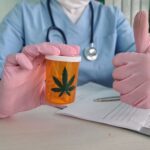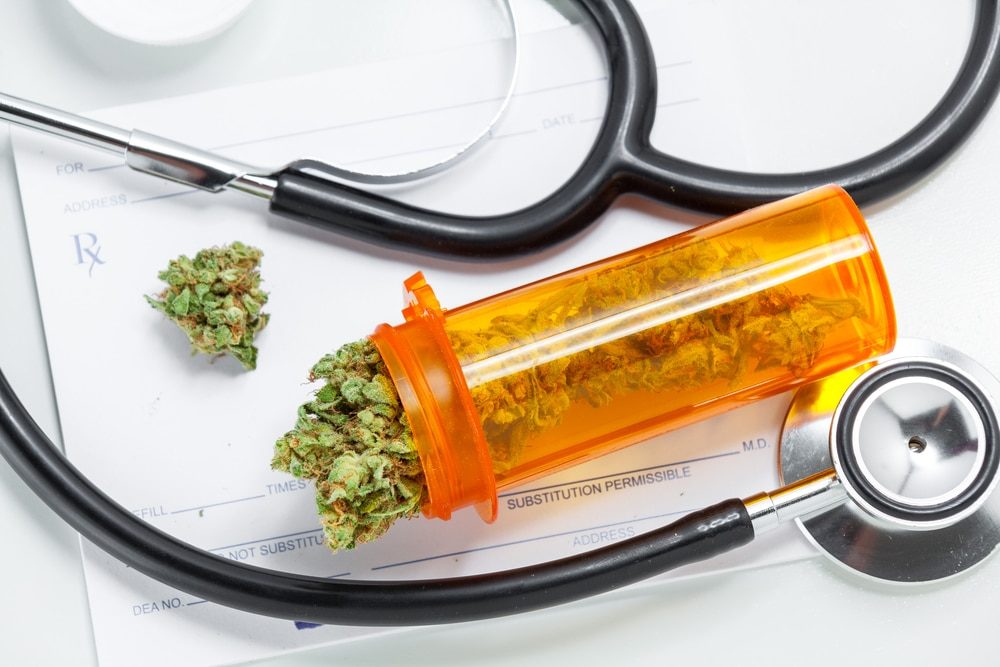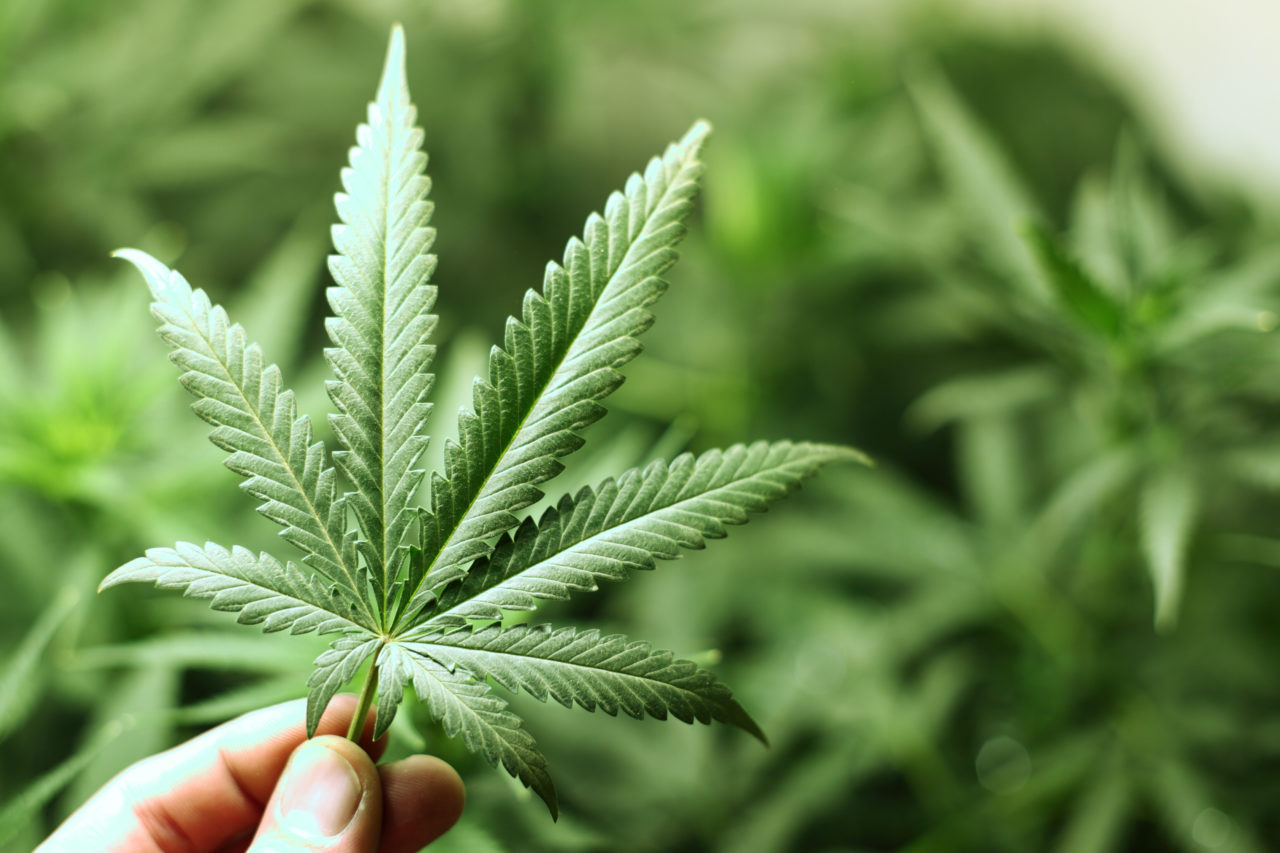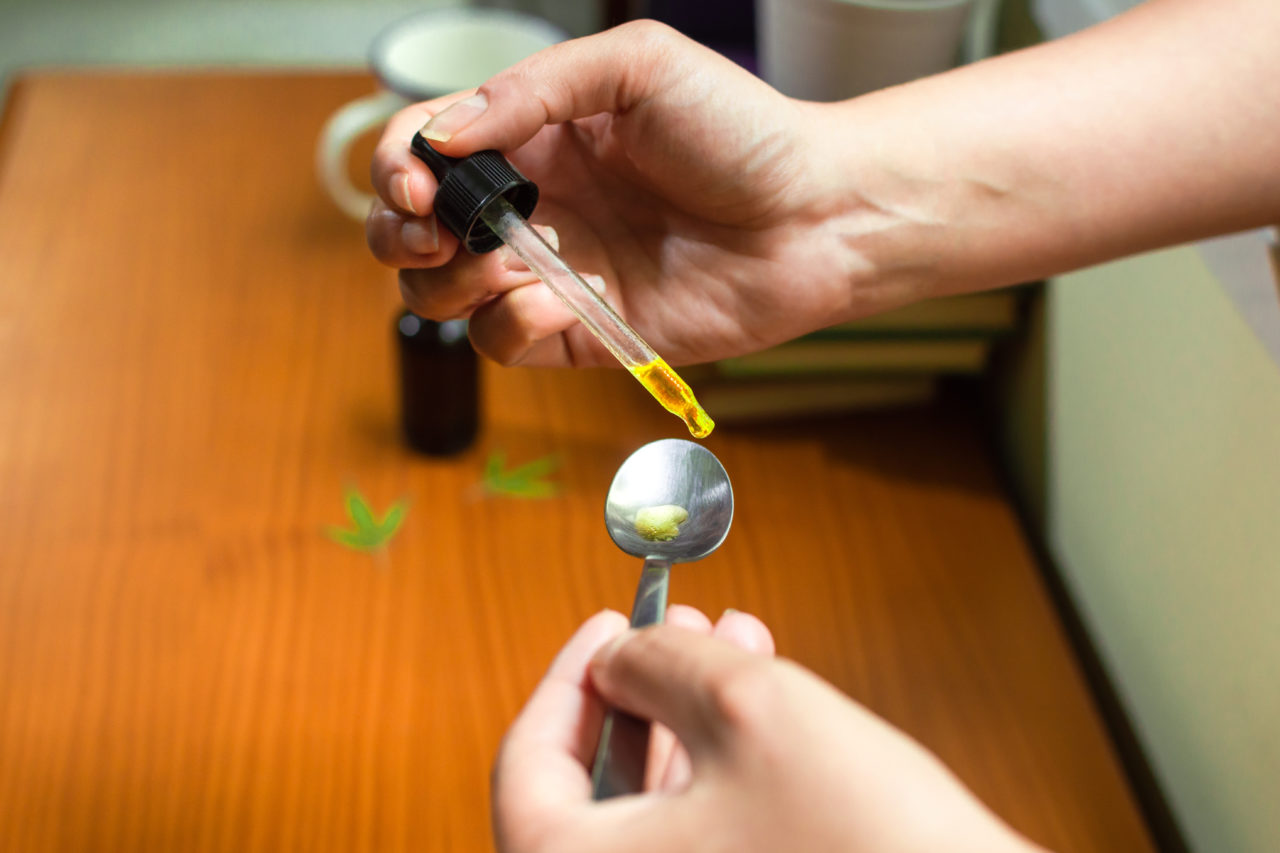Every month, the Utah HHS Center for Medical Cannabis puts out a report with updated program data. The first page in that report is generally one listing program counts. What exactly is the Center for Medical Cannabis counting? There are four groups of people, each one participating in Medical Cannabis in a different way.
As a patient with a valid medical cannabis card, you are part of the monthly program counts. In fact, you are part of the largest group that the HHS counts. The other three groups are as follows:
- Qualified Medical Providers (QMPs).
- Pharmacy Agents.
- Pharmacy Medical Providers (PMPs).
The four counts in each month’s report are ranked by volume. The patient group is listed first because it is the largest group by volume. With this introduction as a backdrop, let us look at the February 2024 numbers in a bit more detail.
Group #1: Patients
As of February 2024, HHS counted 81,267 medical cannabis users with active cards. That is up from 79,475 the month before. This is a jump of almost 1,800 in just one month’s time. It is all pretty impressive when you consider the fact that state officials were expecting fewer than 10,000 total card holders when the state’s medical cannabis program was launched a few years back.
You can dig a bit deeper into the February 2024 report and discover that pain is the most common condition for which patients apply for medical cannabis cards. More than 63,000 of the active card holders in Utah use cannabis to manage pain. The second most commonly treated condition is PTSD (8,796), followed by nausea (2,320) and cancer (1,662).
Group #2: Qualified Medical Providers
QMPs are medical providers with prescribing authority in Utah. They have undergone additional training in order to be certified by the state. QMPs can recommend medical cannabis to a total volume of patients equal to 1% of the number of active cards for that particular year.
As of February 2024, Utah boasted 984 QMPs. Note that you do not have to visit with a QMP to get a medical cannabis card. Your doctor can act as a limited medical provider (LMP) without additional education and certification. Just note that LMPs can only recommend to up to fifteen patients simultaneously.
Group #3: Pharmacy Agents
Anyone who works as a medical cannabis pharmacy employee – except for PMPs – is considered a pharmacy agent. Sometimes we refer to them as pharmacy techs. Nonetheless, pharmacy agents need to be licensed by the state. There were 874 active pharmacy agents in February 2024.
A pharmacy agent can answer basic questions about individual products and facilitate financial transactions at retail. However, they cannot recommend a product, as product recommendations should only come from a Pharmacist. Basically, any of the routine tasks that go into running a medical cannabis dispensary can be managed by an agent.
Group #4: Pharmacy Medical Providers
The fourth and smallest category is that of pharmacy medical providers (PMP). A PMP is essentially a licensed pharmacist who has been certified by the state to dispense medical cannabis. Why is this the smallest group? Because pharmacy licenses in the state are extremely limited. As such, so are job opportunities for pharmacists looking to practice in the medical cannabis arena.
We look forward to seeing the state’s report every month. The numbers clearly demonstrate that we are doing something right in Utah. With every passing month, more people are gaining access to much needed medical cannabis to treat conditions that are not helped with more traditional therapies. We could not be more thrilled about it.




